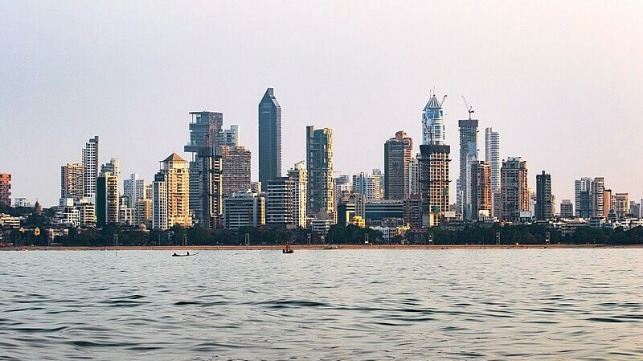India Approves Plan for First Two Offshore Wind Farms

The Indian cabinet on Wednesday approved the approach and framework for the country’s first offshore wind farms. Announcing what is being called the Viability Gap Funding (VGF) scheme, Prime Minister Narendra Modi called it a major step toward implementing the vision for offshore and renewable energy.
Modi has ambitious plans to industrialize India and expand its role in global trade. Economic growth was the cornerstone of his recent reelection campaign. By 2030 he predicts India will nearly double its economy to more than $6.6 trillion. His goal is to be a developed economy by 2047 but to achieve that requires massive infrastructure investments such as an expanded power supply.
The cabinet agreed to invest a total of approximately $891 million to start the development of the offshore wind energy sector. It is a key step to implement the National Offshore Wind Energy Policy first put forth in 2015. The VGF that was approved calls for support from the government to reduce the cost of power from offshore wind projects. This will make the electricity generated viable for purchase by the country’s Distribution Companies (DISCOMs).
“This scheme will not only kick start the offshore wind energy development in India but also lead to the creation of a required ecosystem in the country to supplement its ocean-based economic activities,” the government said announcing the agreement to proceed with offshore wind energy.
The plan calls for two wind farms each with a capacity of approximately 500 MW to be developed. One will be located in the Gujarat state on India’s west coast in the Arabian Sea. It will provide power in the region in the north of Mumbai, the country’s largest city as well as its financial hub as well as the locus for the tech and movie industries. The second wind farm will be in the Bay of Bengal near the southeastern tip of the peninsular. It will be in the Tamil Nadu state which spans from the city of Chennai in the north to the channel separating India and Sri Lanka. Development of these wind farms they said would reduce CO2 emissions by 2.98 million tons over a period of 25 years.
The government will provide approximately $819 million for the development of these two wind farms. Details were not announced on how they plan to structure a subsidy program for the offshore wind sector. Also, no target date was released for the wind farms to be built and operational.
The Ministry of New and Renewable Energy will be charged with overseeing the development of the offshore wind sector and coordinating the efforts of the different ministries. They plan to run a bidding process to select private developers responsible for building the offshore wind farms. The Power Grid Corporation of India, however, will be responsible for the offshore substations and the interconnects to the country’s power grid.
The cabinet also recognized the need to upgrade ports to handle the staging and assembly required for offshore wind farms. They allocated approximately $71 million for the upgrade of ports in the first two states selected for wind farms. The Ministry of Ports, Shipping and Waterways will be responsible for managing the port projects.
The master plan for India’s offshore wind industry sets a target of 37 GW of offshore wind energy capacity. A total investment of more than $53 billion in targets for the development of the offshore wind energy sector.
Top photo Mumbai skyline by Shaunak Modi - CC BY 4.0
